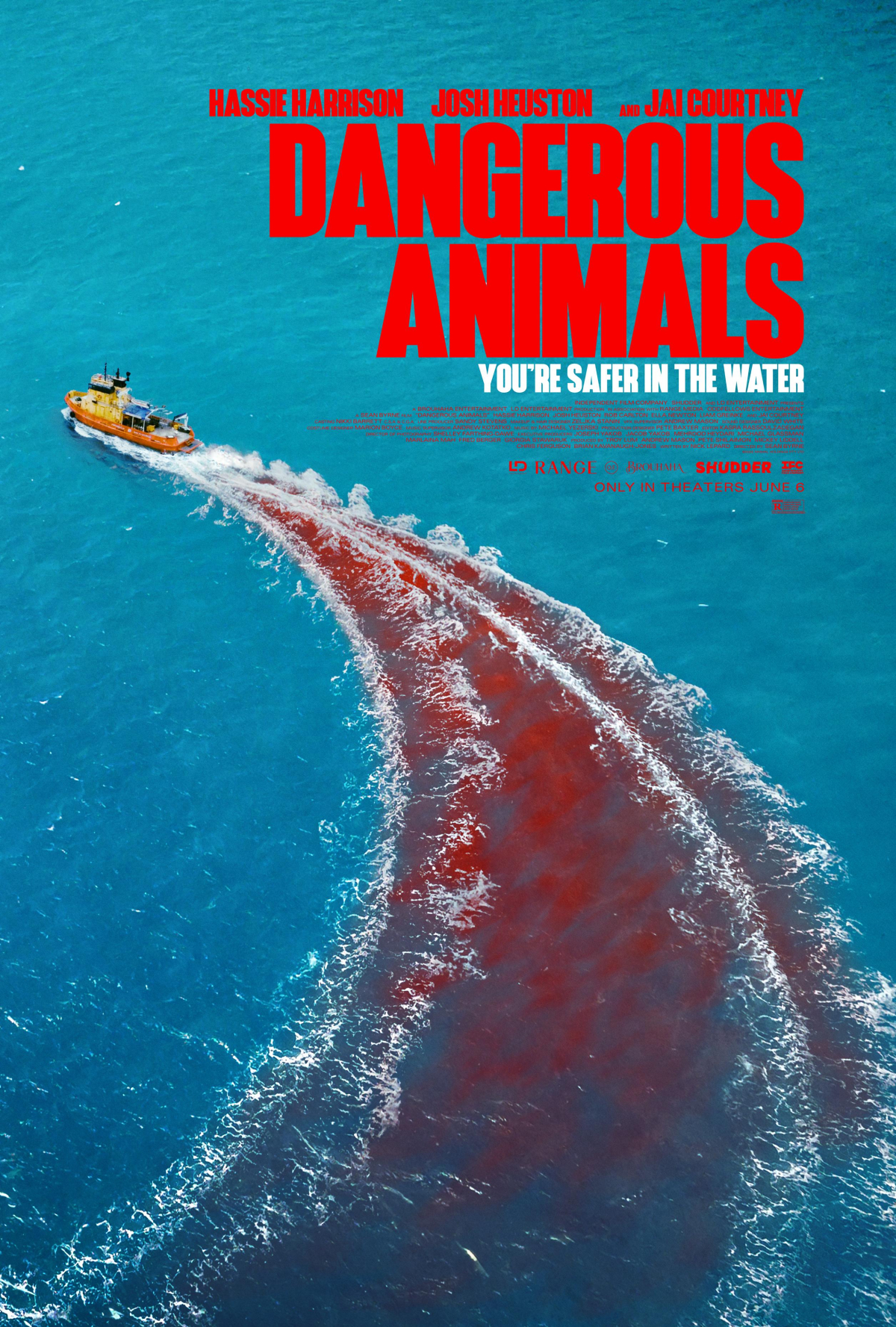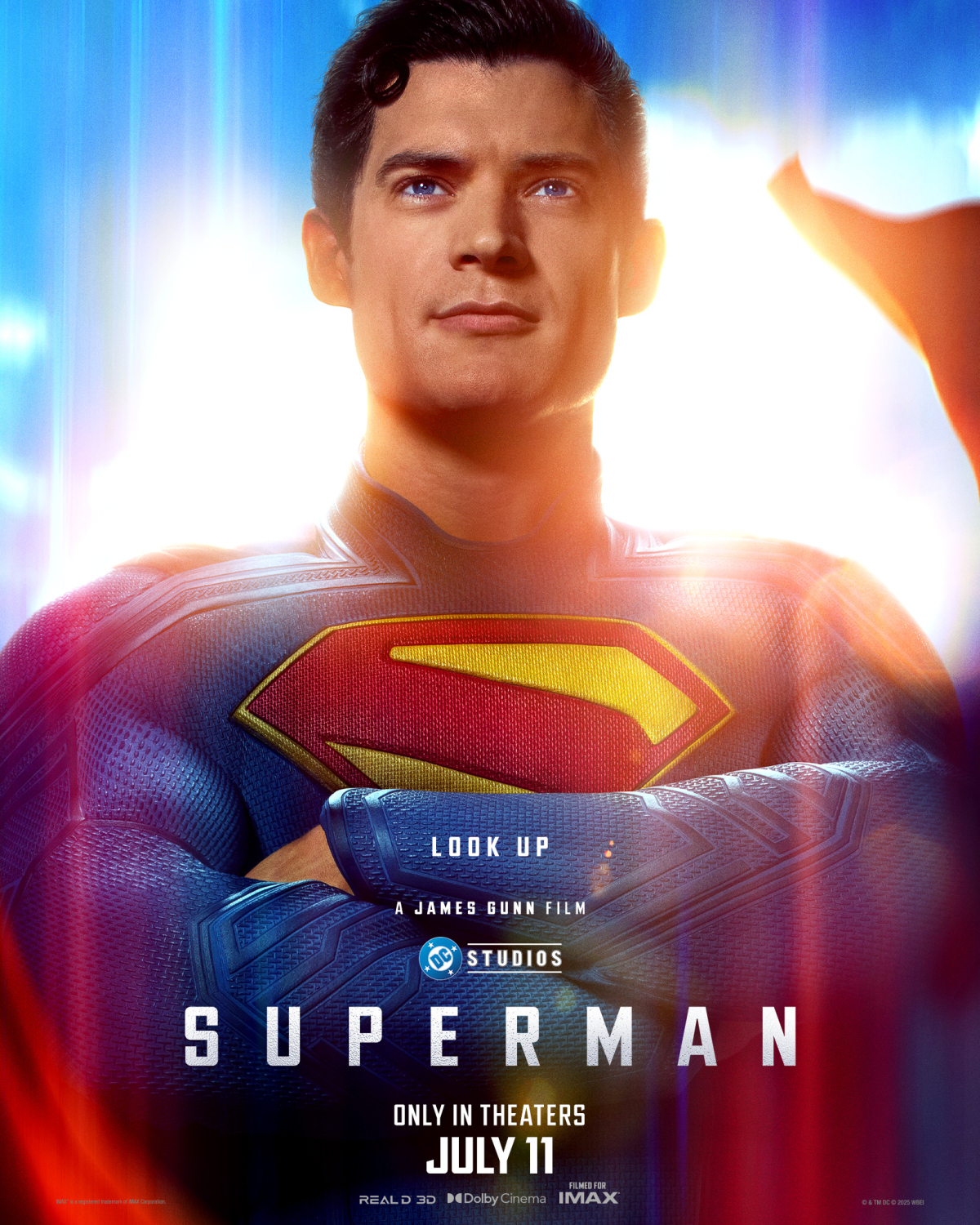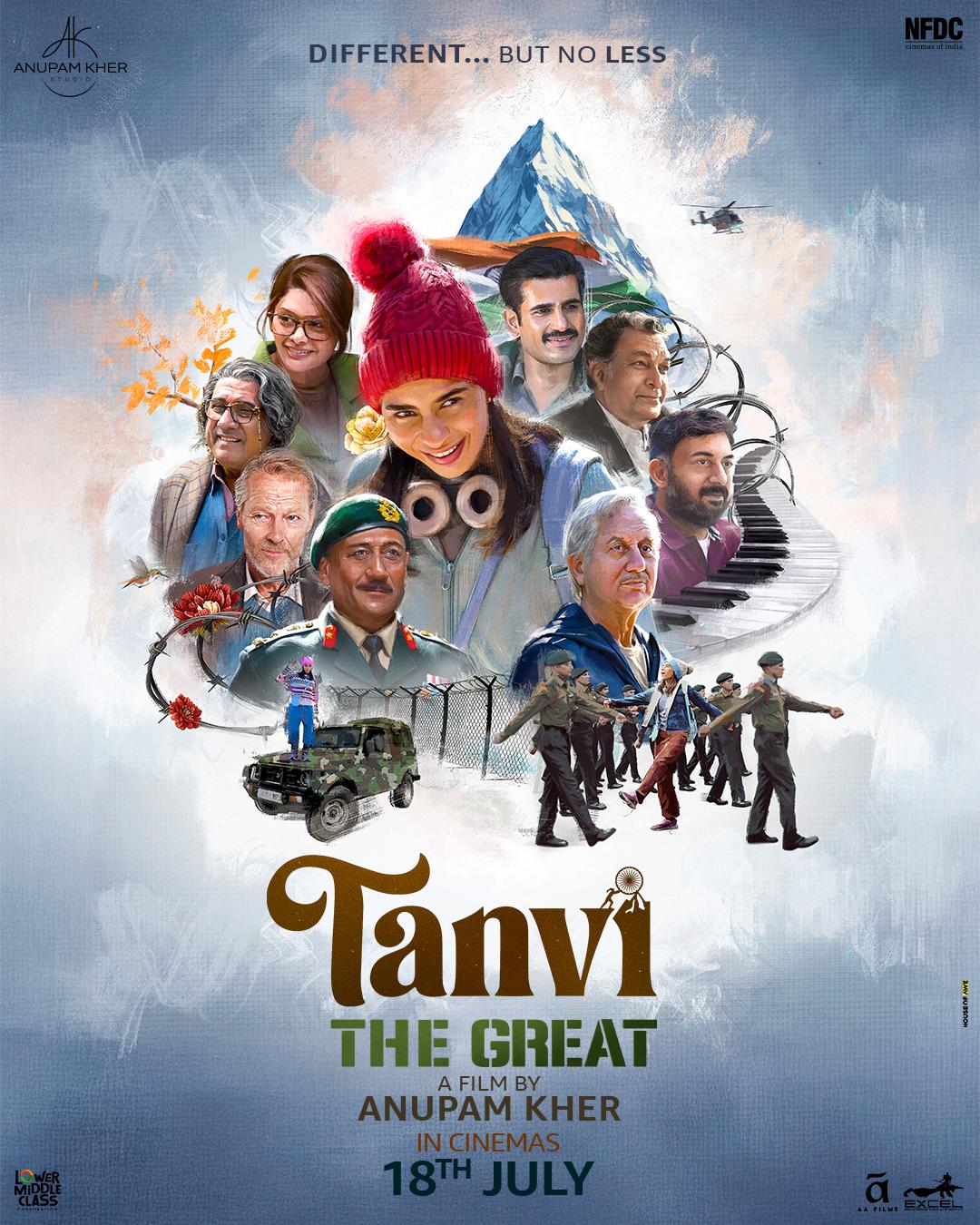|
|
Latest Articles
|

Torrent Description
Textbook in PDF format Space–Time Computational Flow Analysis (STCFA) was developed in 1990 in the context of flows with moving boundaries and interfaces, which is a wide class of problems that includes fluid–particle interactions, fluid–structure interactions (FSI), and free-surface and multi-fluid flows. It is a computational framework made of unconventional methods, which have evolved over the years as more unconventional methods were introduced to increase its scope and accuracy. It brought first-of-its-kind solutions in many classes of problems, including fluid–particle interactions in particle-laden flows, FSI in parachute aerodynamics, flapping-wing aerodynamics of an actual locust, ventricle-valve-aorta flow analysis, and car and tire aerodynamics. With these successes in so many classes of problems, the STCFA has reached a level of remarkable sophistication, scope, and practical value 
Related Torrents
|
|||||||||||||||||||||||||||||||||||||||||||||
Home - Browse Torrents
ExtraTorrent.st is in compliance with copyrights
2025 ExtraTorrent.st



















